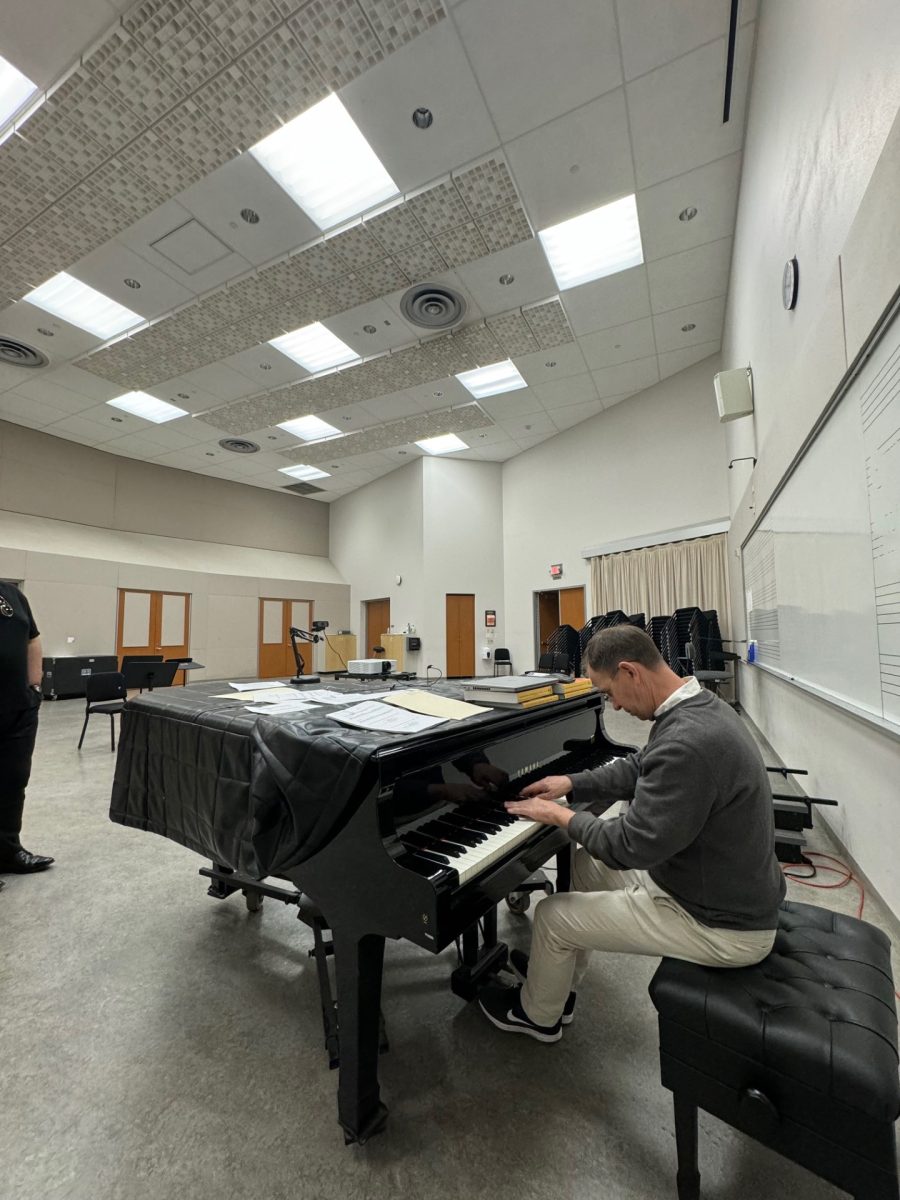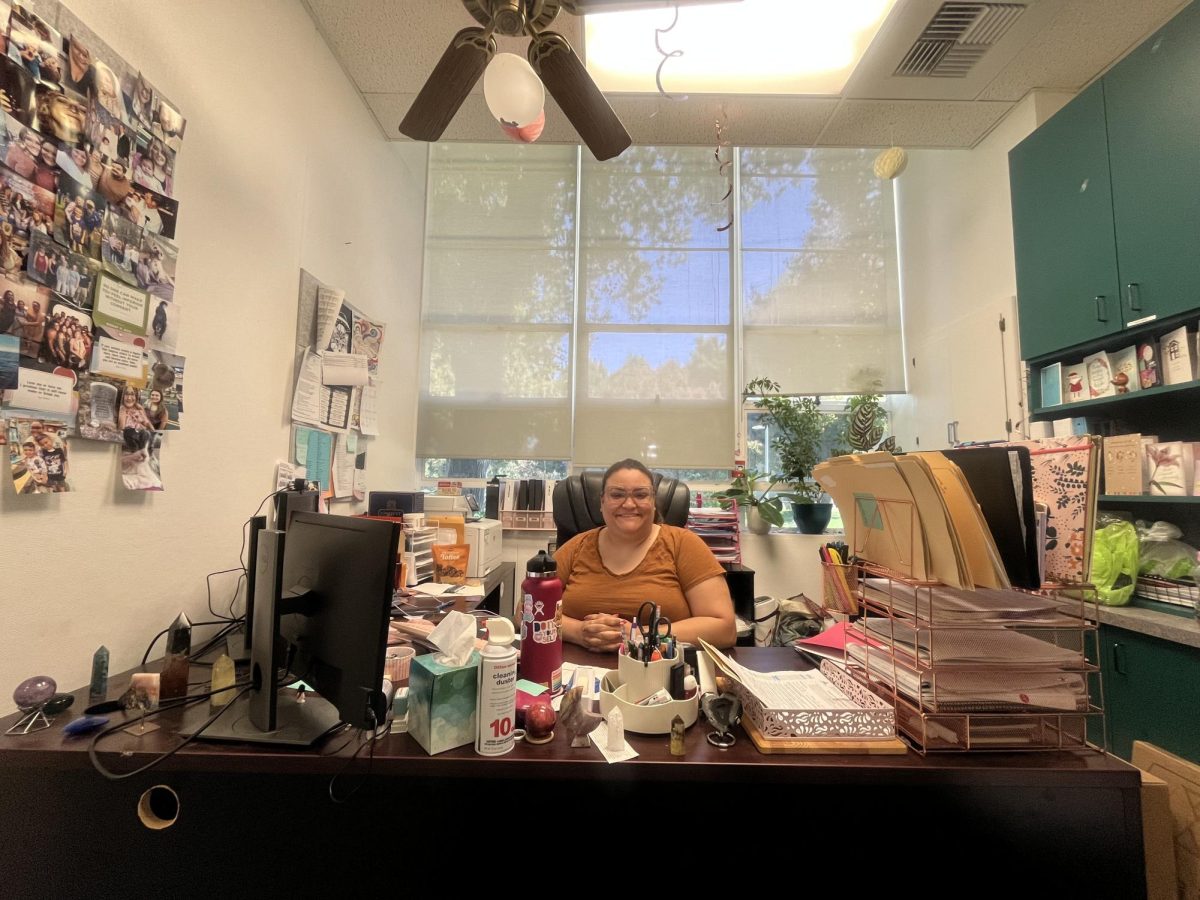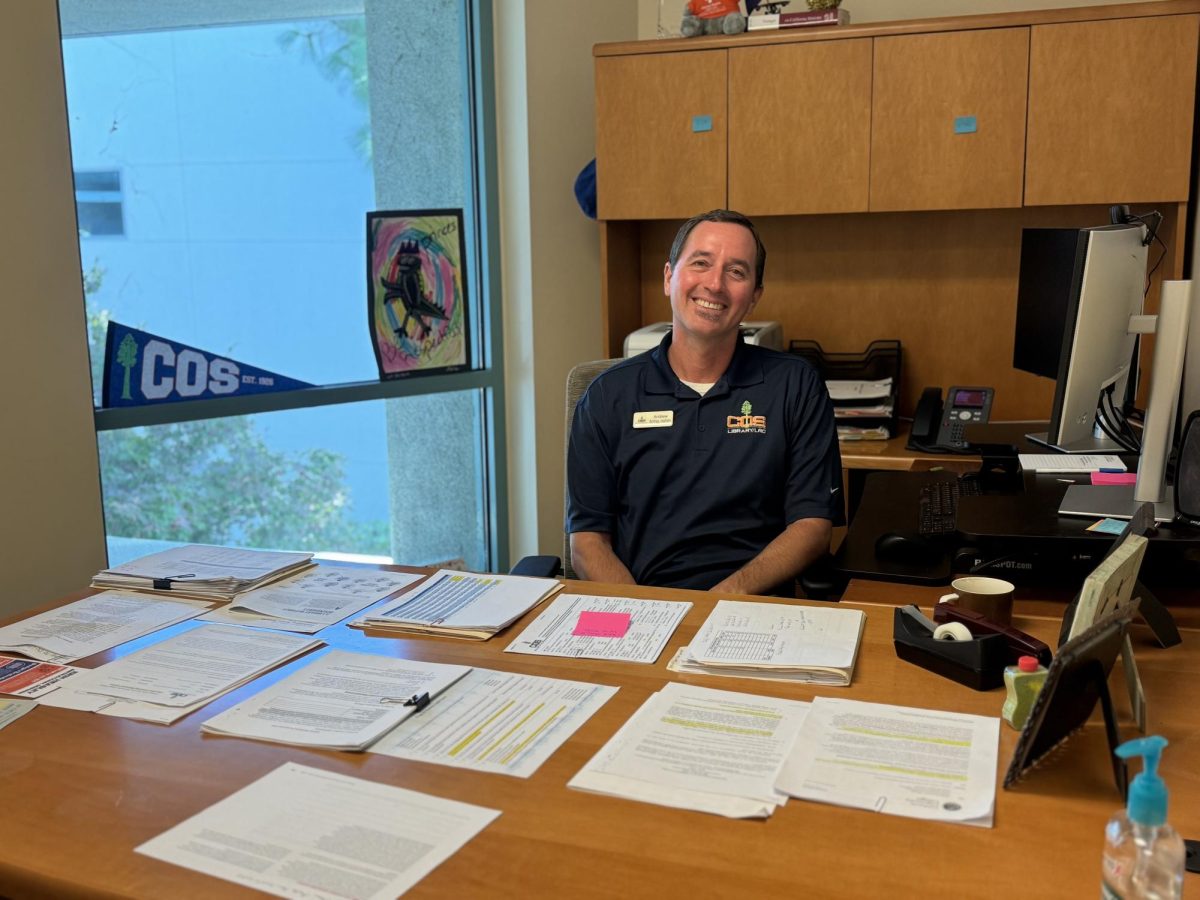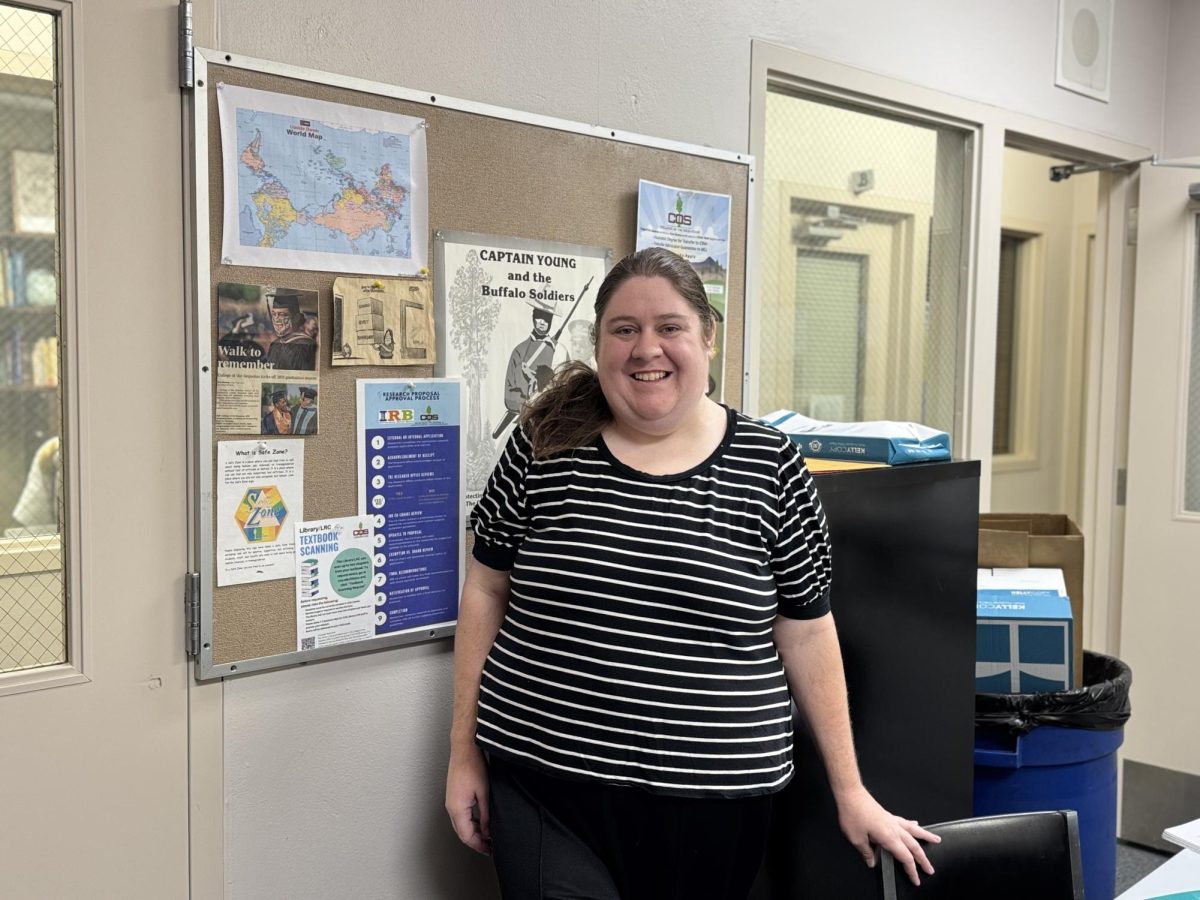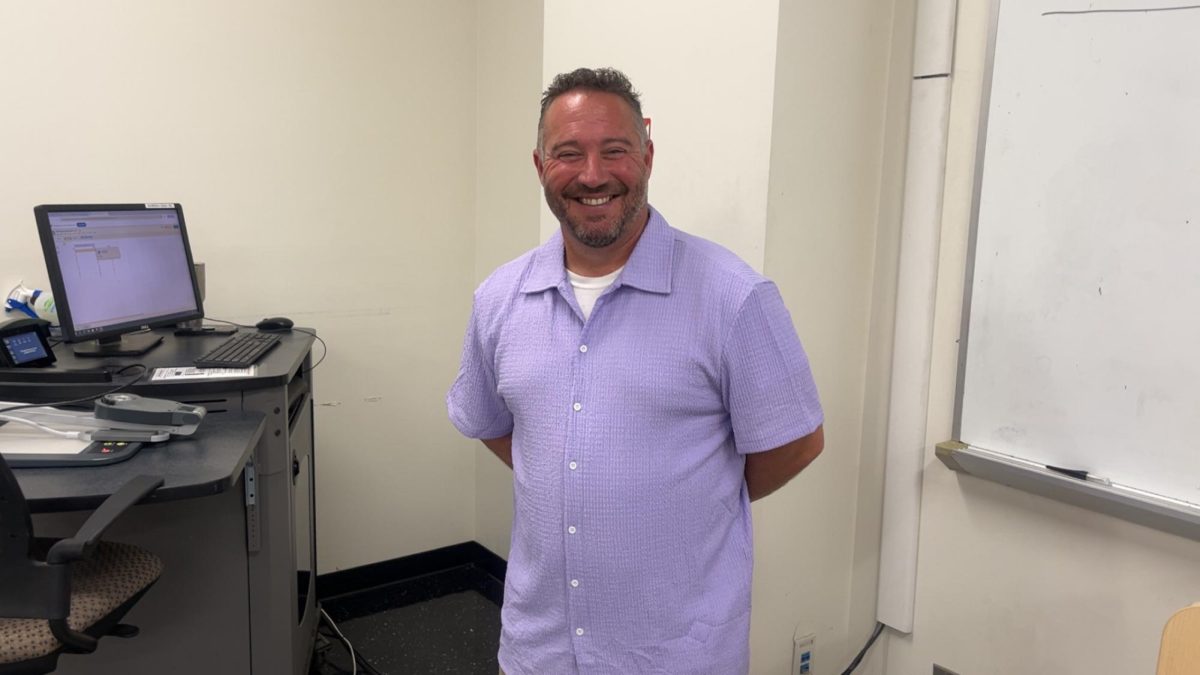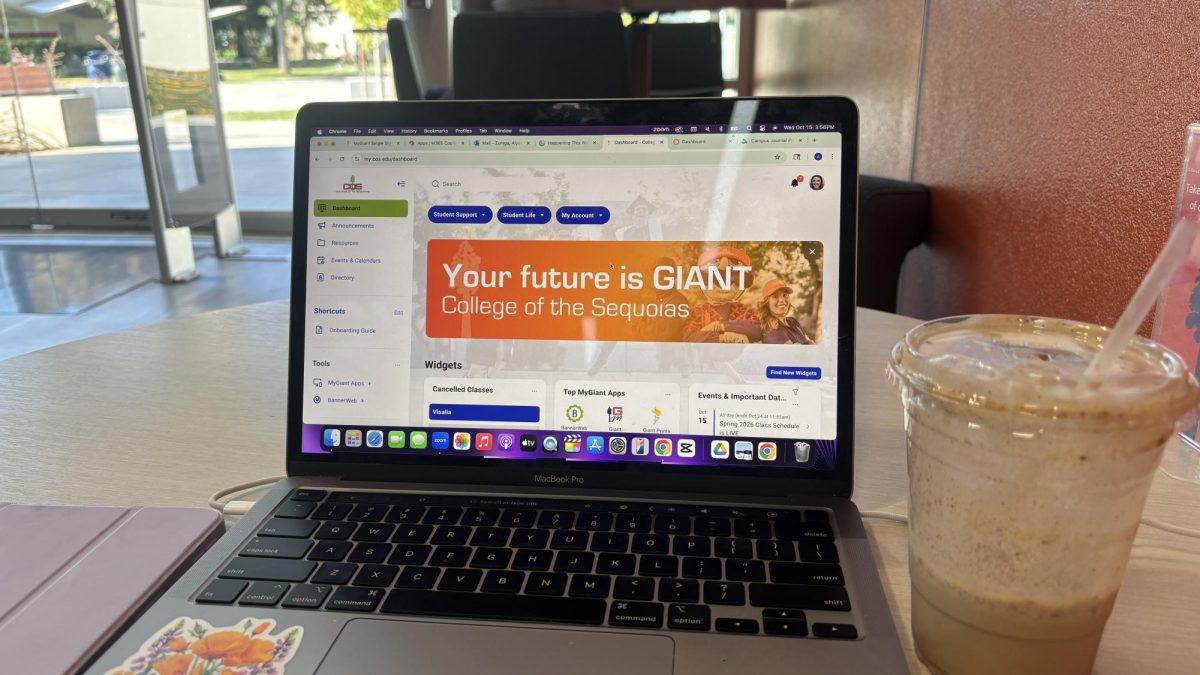This week, I had the opportunity to engage in a conversation with Professor Brian Johnson, the music theory professor here at COS. I decided to attend one of his classes to get a first-hand experience of what music theory entails.
I must admit, it felt like they were speaking an entirely different language, and I found myself quite lost. Upon asking Professor Johnson to simplify what music theory is for someone unfamiliar with it, he explained, “Ultimately, the music comes first, and theory looks back to identify repeating patterns for organization. It’s driven by the artist’s ear. The theorist comes in afterward to understand and organize it.”
During the class, I noticed that Professor Johnson teaches with a piano in front of him, breaking down sheet music and playing it immediately. I inquired about this approach, and he shared, “It keeps the students engaged and motivated to learn music. Learning is one thing, but hearing it is a whole different and exciting experience.”
Curious about any student successes or performances, asked if he had notable examples. Professor Johnson clarified that the class isn’t directly focused on performance, but he mentioned that some students have completed Requiems, lengthy pieces of music, and one student is performing in the COS symphony.
As our conversation continued, I discussed my own approach to learning music, particularly piano. I mentioned that I usually observe other players to help identify patterns, but I struggle with classical music, perceiving it as random without discernible patterns.
Professor Johnson reassured me, saying, “There are millions of patterns; you just haven’t recognized them yet. That’s precisely what music theory is for. “I also sought some quick tips and useful information from him to aid my music-learning journey.
In response, he shared, “It takes repetitions, but your brain is amazing. Just like it can learn a language and recognize patterns.”
My talk with Professor Brian Johnson shed light on music theory. Despite its initial complexity, he stressed the organic connection between music and theory, showing the artist’s intuitive sense. His engaging teaching with the piano brings out the link between theory and practical experience.
Professor Johnson’s encouragement highlighted the role of repetition and the brain’s pattern recognition in learning music, leaving me inspired and motivated to search further into the world of music theory.

